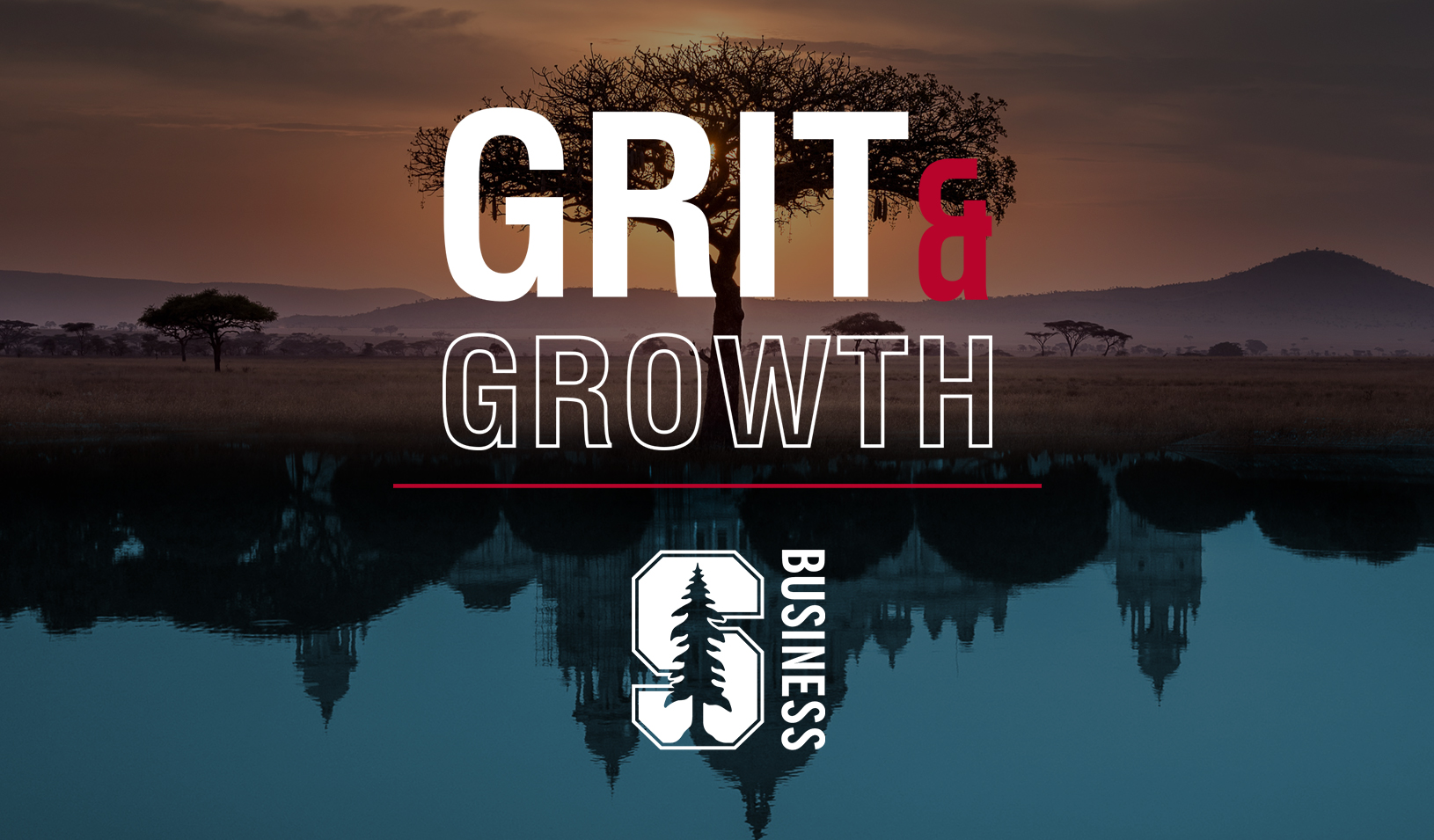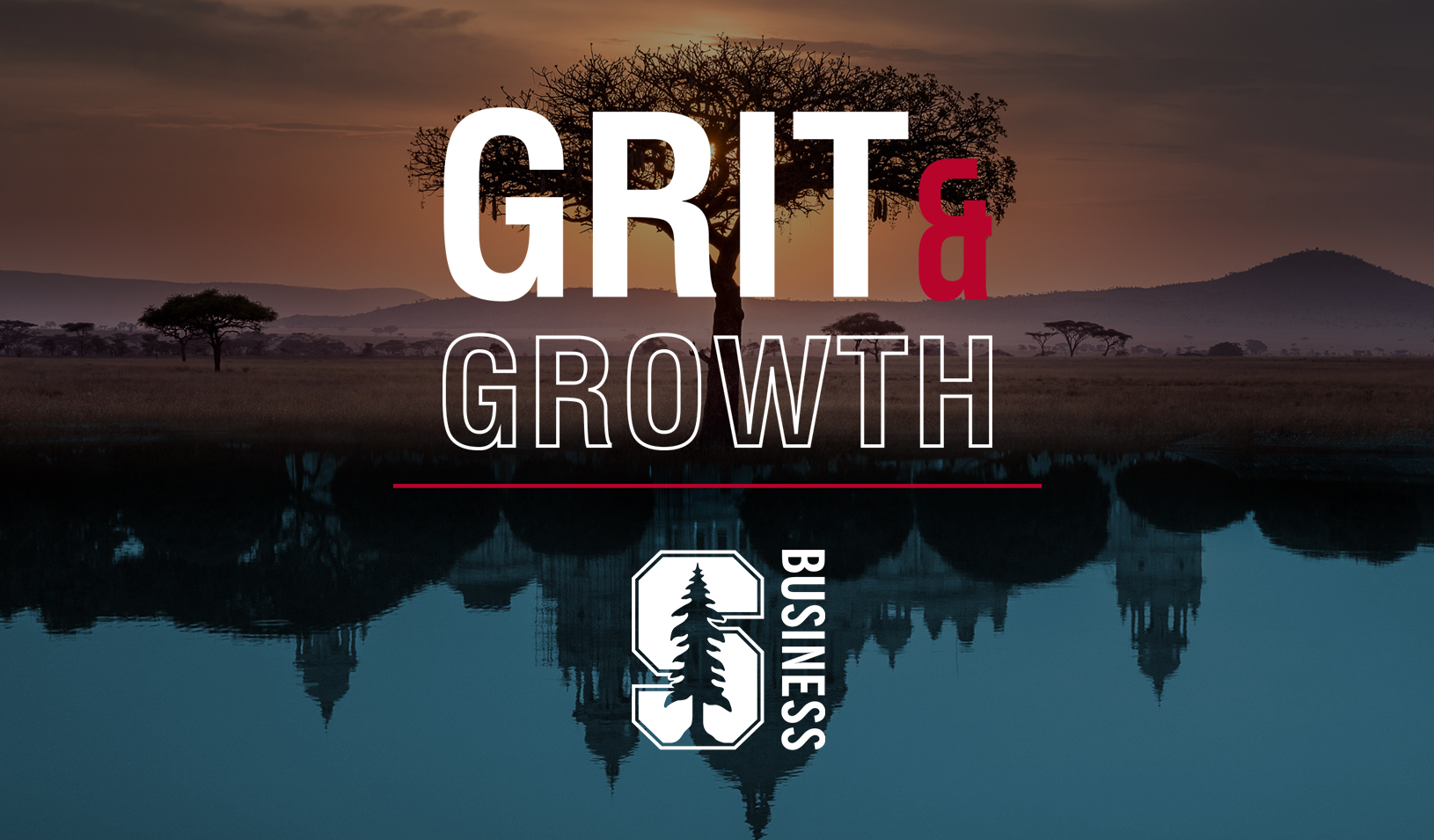Pablo Fuentes: Surviving the First Contact with Customers
The cofounder of a job-finding app talks about the pain entrepreneurs must experience if they are to discover their customers' pain points.
May 16, 2013

Pablo Fuentes, cofounder of Proven, a company that helps people find jobs through a smartphone app.
There are any number of ways for highly paid people to find jobs that will net them even higher paying jobs. LinkedIn, Dice, and Monster are just some of the tech-fueled internet sites that professionals use to move up the career ladder. But what about the gardener or barista who is looking for work?
Enter Proven, a company and smartphone app of the same name developed by Stanford MBA alumnus Pablo Fuentes, and Stanford postdoctoral fellow Sean Falconer, which puts a range of jobs from blue-collar and service jobs to more professional positions a tap away on a smartphone. “It’s this idea of using mobile technology to help a demographic that has never been addressed when it comes to using technology,” says Fuentes, who entered Stanford Graduate School of Business from a successful career in finance. Fuentes talked to Bill Snyder about the startup he founded and the path that led to it.
You came to the U.S. from Chile as a teenager, studied political science, went into finance, and did well at a hedge fund. Then you got your MBA. Sounds like a classic success story. Why didn’t you go back to Wall Street or Sand Hill Road?
While I was at Stanford I started thinking about what I’d really like to do with my life, and I realized it wasn’t finance. I wanted to build a company. I didn’t know what it was going to be, but I always knew I had a passion for helping people represent themselves and giving them an opportunity.
What was your inspiration for the company?
I was working at my internship over the summer with a firm that lends to under-banked Hispanics. As I was spending time with those customers to understand their pain points, I realized that they all had cell phones and that was a way someone could help them get jobs. The idea of giving people opportunities was really powerful.
Is that how you started Proven?
Not exactly. During my second year at Stanford I met Joe Mellin, a Stanford design school student who subsequently left the company, and Sean Falconer, a computer science PhD doing post-doc work, who stayed. We had the idea of helping people find jobs by sending text messages to their phones. So day laborers or gardeners who don’t hear about jobs could be notified that a homeowner or contractor was looking for people.
But Proven doesn’t work that way now, does it?
No. It’s a smartphone app (for Apple and Android devices.) We have more than 100,000 users.
Who are they?
We’re not talking about the same crowd that’s on LinkedIn. It’s the craigslist crowd. The biggest verticals we see using it are administrative and clerical, food service and hospitality, and health care. We have success stories ranging from cafe baristas to freelance designers. Most of our users don’t have much use for tools like LinkedIn. They want to know where the jobs are, and they have the latest smartphone, and they use it a lot more than their desktop/laptop computer.
Moving from texts to a smartphone app is a radical change in direction. Did you find it very difficult to admit you were — initially, at least — on the wrong track?
Well, you learn to dissociate your ego from a lot of these things, which I have done with various degrees of success. Reid Hoffman [LinkedIn founder and investor in Proven] says, “If you’re not embarrassed by the first version of your product, you shipped too late.” The only way to actually learn is to have people using your stuff.
Using your stuff? Do you mean set up focus groups?
I don’t believe in focus groups. People tell you what they think you want to hear, and they are influenced too much by others’ answers, and they tend to posture. We find real users and meet them in their coffee shop, laundromat, etc., and watch them use the app.
That sounds like a lesson one could generalize from.
Get out of the building. There are no answers in the building. Even when things are going “well,” put yourself in uncomfortable situations and figure out what you can do better. Seek tough answers from everyone around you; seek tough answers from your employees; seek tough answers from your users and your investors. Often, when we try to avoid those types of answers we deserve what we have coming to us. It’s not easy to do.
Business plans for startups used to be very detailed and rather large. That’s changing isn’t it?
Business plans are only worth the paper they are written on. Mike Tyson said everybody has a plan until they get punched in the face. Steve Blank [a Silicon Valley entrepreneur] restated that, saying no product ever survives the first contact with customers. That’s true, regardless of whether you wrote a 100-page business plan or a business plan on a napkin; whether you spent a week building a product or two years building a product. The best thing you do is get it out there and get people using it.
What are some of the best business books you’ve ever read?
The Lean Startup, by Eric Ries, has been transformational for me as an entrepreneur. It is about how to be efficient and accelerate your learning and design process. Rework, by Jason Fried. He tosses out a lot of the more conventional ideas about work that date back to the industrial revolution and focuses on working smart.
How does Pablo Fuentes work smart?
I train Brazilian jiu-jitsu four times per week, which helps me sleep better, make better decisions, and be an overall better person. A lot of people ask me how I have time for that. The bottom line is my company lives or dies by a combination of our decisions and putting in the work where it is needed. If I grind myself to a pulp at the office, I make shoddy decisions and get negative marginal returns on my work … nobody wins.
What gets you up in the morning?
The fact that we are helping people get jobs. The fact that our app is making a significant difference in people’s lives. It is impossible for me to imagine a world five years from now in which most people aren’t applying for jobs via their phone or their tablet.
You made a big commitment of time, work, and money to Stanford. What was the most crucial thing you took away from the experience?
The Stanford community is amazing. The people you are sitting next to every day are so extraordinarily smart and creative. It’s really exciting to be around those people. Yes, it was a big investment, but I don’t see it as an achievement; I see it as an opportunity.
Where do you think you’ll be in five years?
I’m really passionate about mentoring minorities and women who want to be entrepreneurs. I was invited to speak at the White House about that last year, and I’m involved in several accelerators that help minorities start companies. I want to continue to go along those lines. I also want to take Proven as far as it will go.
For media inquiries, visit the Newsroom.
Explore More

From Local Startup to Pan-African Success: The Beem Story

Strategy: It’s the Big Bets that Matter



